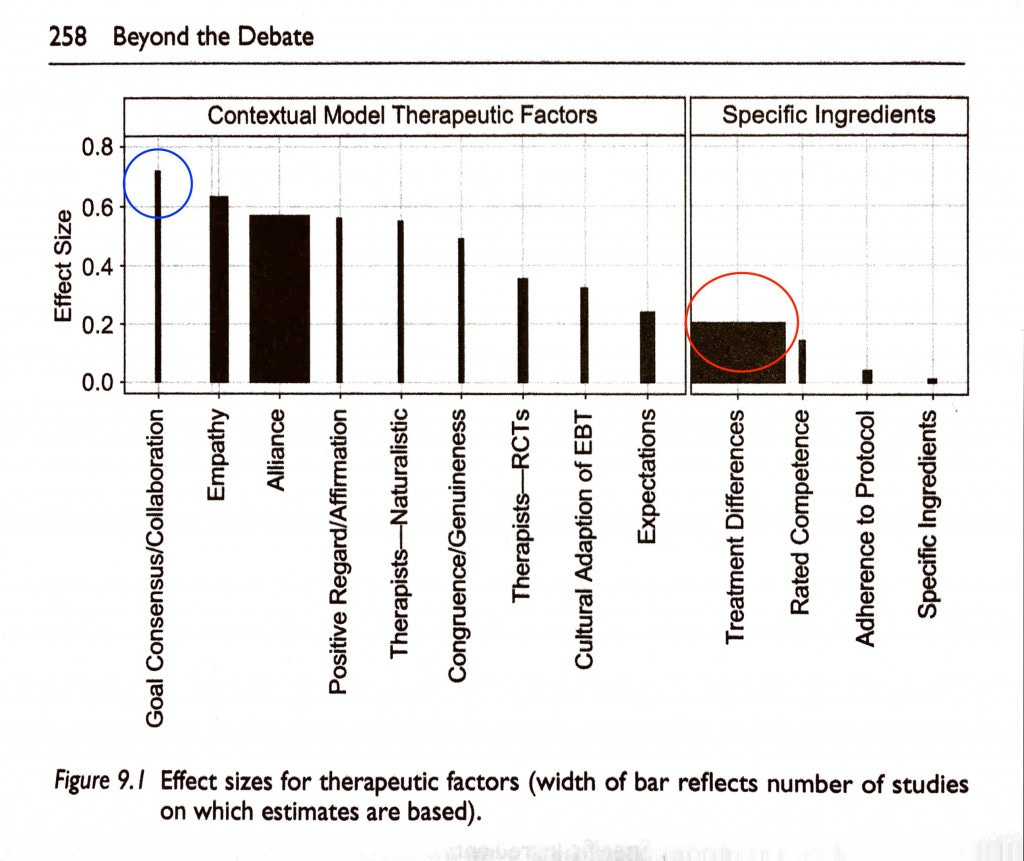What are the Perennial Pillars for Psychotherapists?
For songwriters, the perennial pillar is song craft. It is not technical mastery.
A songwriter knows that technical agility at an instrument is not going help him create a better song. It’s easier to identify and work at improving techniques. It’s much harder to improve on their ability to engage with listeners through their songs.
At the time of this writing, in 2017, we commemorate three critically acclaimed albums.
If there are any three records you’d need to hear in your lifetime, it’s these.
Half a century ago, The Beatles released Sgt Pepper’s Lonely Heart’s Club Band. 30 years ago, U2 brought us the follow-up album from The Unforgettable Fire, Joshua Tree. And 20 year ago, Radiohead released Ok Computer. Modern music has never been the same since.
Sgt Pepper would never have had the chance to grow if the Beatles did not take the time away from touring.
The Irish boys from U2 narrowed the focus based on the American landscape in the making of Joshua Tree. Because they made that decision, the album reflected their evolving social consciousness of their time. The album become a timeless piece of art.
Radiohead’s Ok Computer, was spawned from the band’s disillusionment with a relentless touring schedule, resulting in their lives becoming a tour-bus race at the speed of light from one concert venue to the next. They had enough. A break was needed.
(As an aside: It is significant to note that none of these records were the artists’ first albums.)
Consider three lessons we can draw from these landmark albums:
1. Take the Risk and Push Your Limits,
2. Get a Guide, and
3. Study the Process, Not the Outcome.
~~~
1. Take the Risk and Push Your Limits
Giles Martin, the son of the George Martin, who was the producer and father figure of The Beatles, says this: “They were not afraid to take risks.”[1]
Prior to writing Sgt. Pepper, the Fab Four could have decided to continue making pop albums as they had been doing. Without question, that would have been a safer route for them. They didn’t. They took a risk, put off another tour, and wrote what turned out to be a masterpiece.They pushed the envelope, and in a turn of events they could never have imagined, inspired Pink Floyd to make Dark Side of the Moon, another classic record album..[2]
We work better when we embrace our limitations. With purposeful constraints, we are then able to push the boundaries. The Beatles recorded without the benefits of the recording technology available today (i.e., they had one or two tracks upon which to record in analog sound, whereas today recordings contain an endless number of tracks and the benefit of digital technology, even on the personal computer or mobile device that you are reading this right now). In other words, The Beatles were forced to risk an early commitment to their first attempts at a song.
Fast forward 30 years, and we find Radiohead being overshadowed by their hit single, “Creep”.[3] This band decided to risk not keeping to the conventional idea of of a rock band. Here’s what band-member and multi-instrumentalist, Jonny Greenwood, had to say about the band:
“(Radiohead is) just kind of an arrangement to form songs using whatever technology suits the song. And that technology can be a cello or it can be a laptop. It’s all sort of machinery when looked at in the right way. That’s how I think of it.”
What if therapists kept the focus on “forming songs” in therapy, using whatever technology or techniques at their disposal? And then move ourselves out of our comfort zone, and into our learning zone? [4]
2. Get a Guide:
The Beatles was not actually a four piece band. They should be called the fab five. They had George Martin (and others no in the limelight). Their rapid evolution is often credited to Martin’s paternal influence.
Radiohead had the young sound engineer and producer Nigel Godrich to guide them in their experimentations.
U2 had producers Brian Eno and Daniel Lanois at the helm (see a post on this topic relating to supervision)
3. Study the Process, Not the Outcome
It’s tempting for musicians to listen to these seminal albums and try and emulate their greatness in form. We fail to see the mess, mistakes, meanderings and blunders that goes BEFORE the finished product.
At the end of the Beatles’ song A Day in a Life, the demos of that track reveal how much painstaking effort it went just to create that melodramatic drone of an ending (a combination of six grand pianos and a Farfisa playing all at once) [1].
Early versions of that particular ending heard them trying out a choir of them singing “Om” instead, which sounded no where near as impactful. Which was why it never made it to the track.
As my collaborator and mentor, Scott Miller says “We are left in the gambit of admiration,” if we only study the end result, and fail to see the inputs that got them there in the first place.
So how the heck is this relevant to psychotherapy?
Glad you asked. If we are to continue developing as a therapist, the aim should not be to create another Sgt Pepper. The aim is to push the envelop—your envelop.
It’s easy to rest on a formulaic approach to therapy. If left unchallenged, these ways of doing therapy become dogma. Dogmas become rigid truths. And we know well that rigid truths are ineffective for treating a diverse clientele.
The challenge for each of us is to figure out what is our personal learning edge. [4] In the field of psychotherapy, we obsess with the “Hows” before figuring out the “What.” How to be mindful, how to be trauma informed, how to promote emotion regulation. We are seduced by what’s timely and most recent (i.e., fads), rather than returning to the roots of timeless principles that do matter.
If you’ve read this far, you may be interested to know what are the timeless key principles that psychotherapists can work on.
Bruce Wampold and Zach Imel [5] pulled together a whole history of psychotherapy research that provides us some important clues:
Notice in the graph above, how much time we spend on training and studying differences in specific treatment approaches, as compared to sharpening on perennial factors like communicating empathy and developing goal consensus.
More than 295 studies have been conducted on the differences between treatment, yet only 15 studies have been conducted on goal consensus/collaboration i.e., when the therapist and the client team up to determine a particular course or methodology for treatment. [6] The percentage of variability in outcomes from treatment differences accounts for less than 1% (specific ingredients in therapy? Zero percent). [7]
And how much does Goal consensus/collaboration accounts for in outcome? 11.5%! It’s pretty obvious where we should focus our efforts on.
The craftwork of psychotherapy requires us to return—time after time—to the perennial pillars. It’s up to us, with the help of your guide(s) (I recently wrote about the importance of developing a portfolio of mentors, rather than relying on one mentor), to specify and personalise what we need to work on, and take calculated risks and push our limiting beliefs and frames.
May you find it, and see it change before you eyes.
Blessings,
Daryl
Note: Big thanks to John Ascione for assisting with the editing of this piece.
Footnote:
[1] Listen to the Interview with Giles Martin: http://www.npr.org/sections/allsongs/2017/05/23/528678711/why-remix-sgt-peppers-giles-martin-the-man-behind-the-project-explains
[2] Watch the Excellent Sound Breaking Documentary, Produced in association with the Late Sir George Martin. http://soundbreaking.com . It’s interesting that after hearing The Beach Boy’s album, Pet Sounds, The Beatles were driven to take make a better album.
[3] For a long time, Radiohead refused to perform Creep live.
[4] Chow, D. (2017). The practice and the practical: Pushing your clinical effectiveness to the next level. In D. Prescott, C. Maeschalck, & S. D. Miller (Eds.), Reaching for Excellence: Feedback-Informed Treatment in Practice: APA.
[5] see p. 258 of Wampold, B. E., & Imel, Z. E. (2015). The great psychotherapy debate: The evidence for what makes psychotherapy work (2nd ed.). New York, NY: Routledge/Taylor & Francis Group; US.
[6] I love Douglas Flemons description of coming together in a collaborative fashion in psychotherapy: “Of One Mind”
[7] Though the working alliance in general accounts for 7.5% of the variability in outcomes, a specific area like empathy formation accounts for 9% of the outcomes (recall goal consensus: 11.5%)
Recent Articles:
Do Not Seek Out A Supervisor
Our Real Work
Stop Talking, and Start Performing.
Signs That Therapists are Barking Up the Wrong Tree in Our Professional Development
Mastery Learning for Therapists: Figure Out the What Before the How







